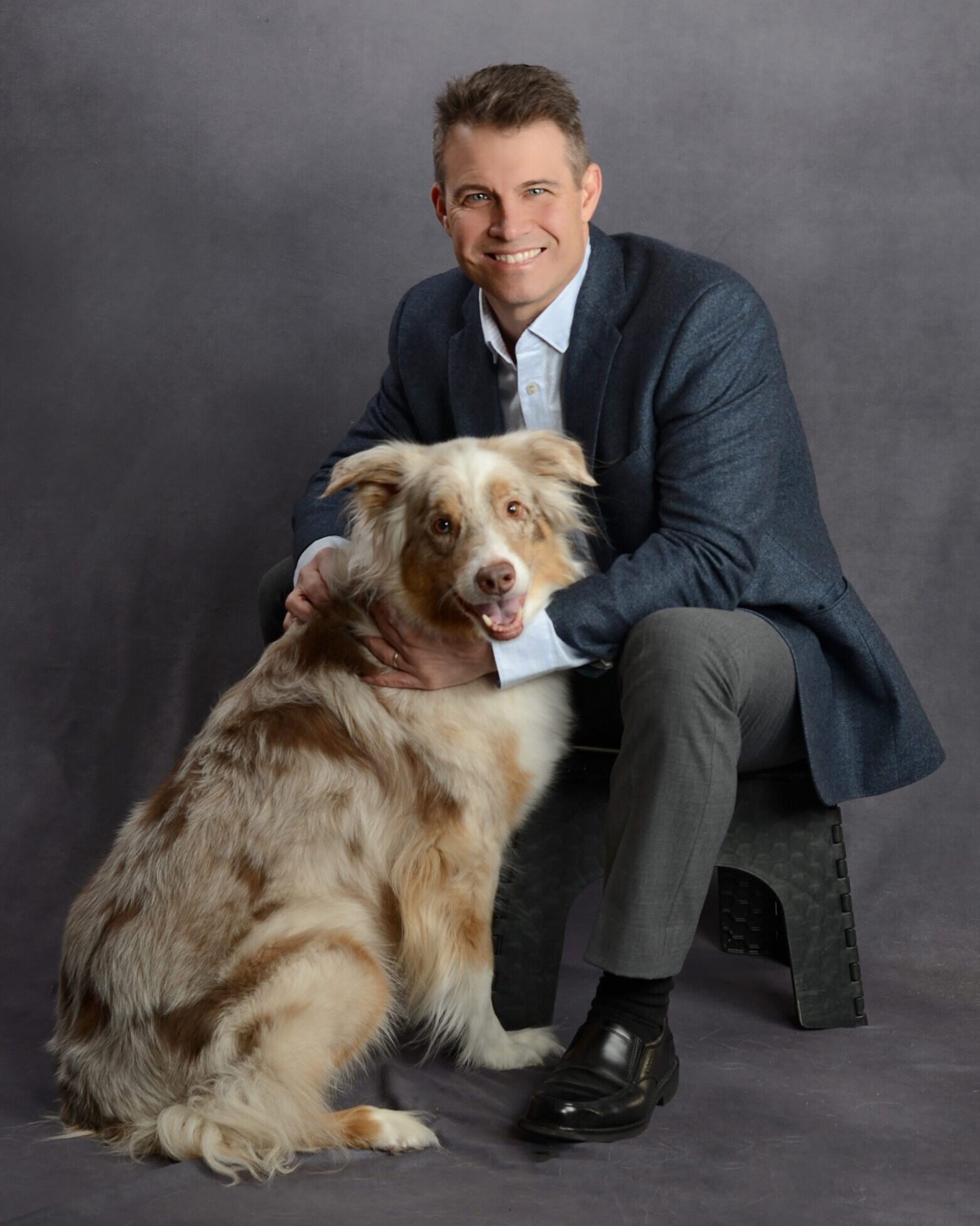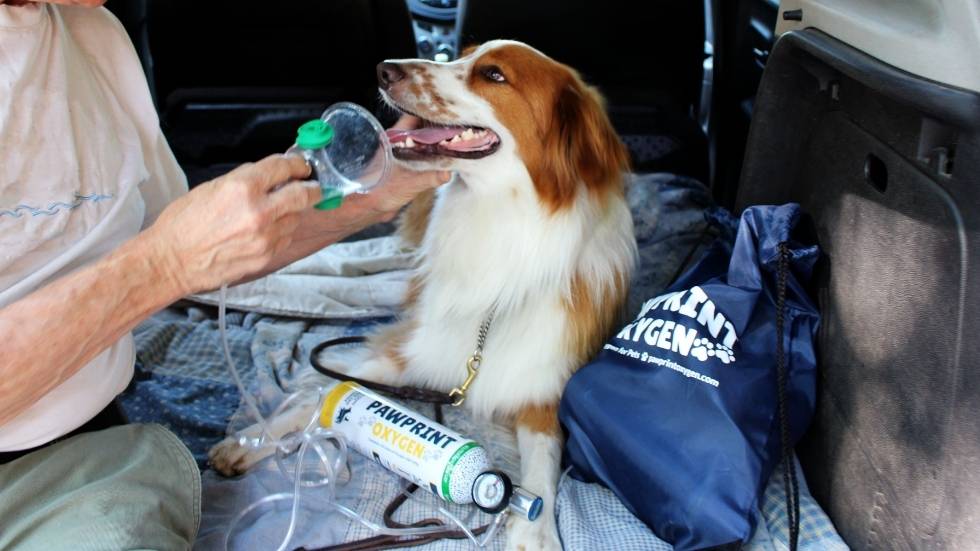Until veterinary pre-hospital services become commonplace, pet parents are called upon to initially treat and then transport their pets from home to the veterinarian during respiratory emergencies. They are also often responsible for the transfer between primary care and referral hospitals either with or without veterinary support. Regardless, oxygen dependent patients present a challenge because of the need for a portable and safe source of oxygen with an effective administration system. With the Rescue Oxygen System, oxygen dependent pets can now be transported from home to veterinary hospital (H2VH) during an emergency or from primary care veterinary hospital to referral hospital (VH2VH).
Current practice for VH2VH transport has veterinarians assuming the risks of unsecured, high pressure E-tanks in passenger vehicles. Veterinarians are also expected to manage the logistics of providing equipment, such as oxygen tanks and regulators, as well as their return, and charging appropriately, which may include deposits and returns. This is a complicated, expensive system filled with safety and liability concerns for both the veterinarian and the pet parent. In light of these concerns, many patients are simply sent without oxygen, which can have disastrous results.
With Pawprint Oxygen’s Rescue Oxygen System, the pet parent purchases an affordable, safe, portable system that eliminates the need for high pressure cylinders and the resulting safety and liability concerns. Additionally, in cases where the condition can recur at home, the pet parent simply visits their veterinarian to obtain more Pawprint Oxygen Canisters. This allows them to be prepared for an inevitable recurrence or decompensation. This also encourages the pet parent to check in with their veterinarian regarding the condition of their pet. The Rescue Oxygen System is affordable and empty canisters are recyclable, eliminating the need for complicated equipment rentals and returns. As this system becomes standard of care for veterinary transport, veterinarians and pet parents will no longer have to worry about pets turning “blue” during transport.
About Sean Smarick, VMD, DACVECC

Veterinary Advisor
Pawprint Oxygen does not provide veterinary advice. The information, including but not limited to, text, graphics, images and other material contained on this website are for informational purposes only. No material on this site is intended to be a substitute for veterinary advice, diagnosis, or treatment. Always seek the advice of a veterinarian with questions regarding your pet’s health.

